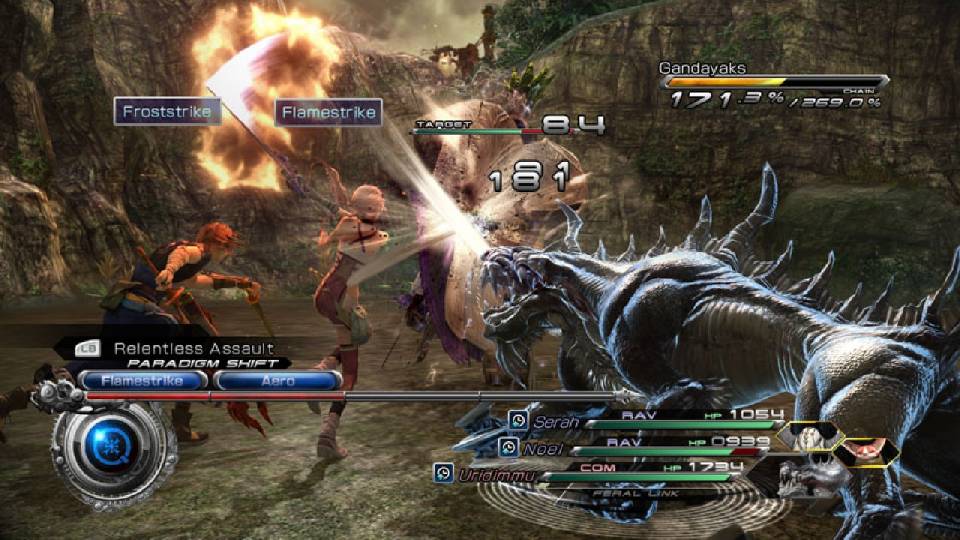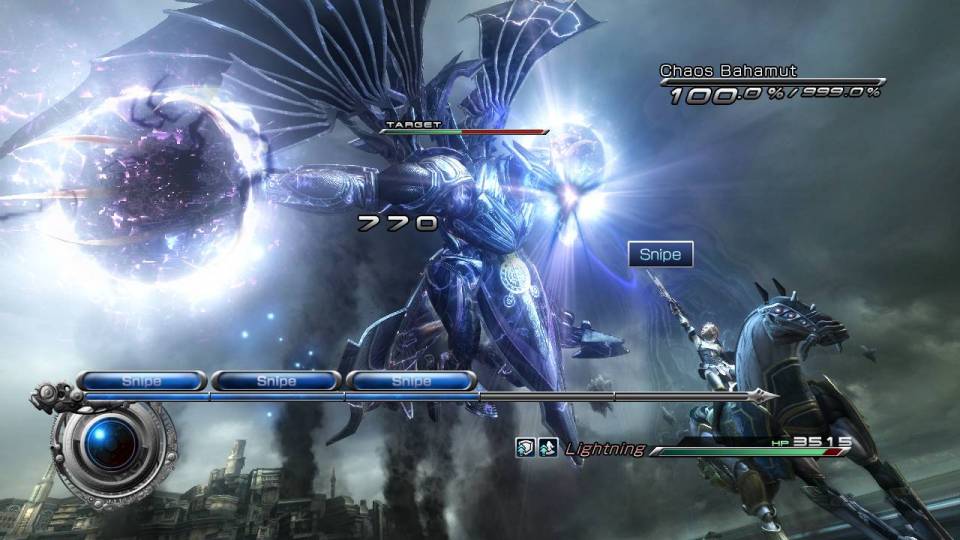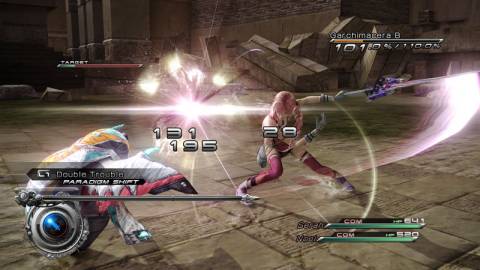
Final Fantasy XIII was supposed to be a PlayStation 2 game, the company's role-playing finale between Sony’s last piece of hardware and the next. Development started in 2004, but a move to PlayStation 3 and onto a new engine proved more troublesome than expected--the game finally released in late 2009 in Japan, early 2010 everywhere else.
It’s not often that Square Enix commissions a direct sequel to a Final Fantasy game, but the practice has become more and more commonplace, with Final Fantasy XIII being the latest to receive one with Final Fantasy XIII-2.

“With Final Fantasy XIII being the first Final Fantasy on the next-gen consoles, or at least what was considered next-gen, and we spent a lot of time creating the environment and the characters and we had a great satisfaction in what we created,” said producer Yoshinori Kitase in an interview with me back in October.
While Final Fantasy XIII was not the most critically beloved of the Final Fantasy games, it sold well. More than six million copies of the game have been shipped worldwide, and since creating a brand-new Final Fantasy game would take years, a sequel made more sense.
“The difficult in this is that because it’s a direct sequel and the foundation remains the same, it’s how to provide users with a new experience, where it’s still new and exciting, and I think that becomes the biggest challenge for a sequel,” said Kitase.
One of the biggest complaints about Final Fantasy XIII was the linearity, a criticism not lost on the development staff. Final Fantasy XIII-2 introduces a time travel element (making our latest Endurance Run well-timed) that gives new options to the player, a feature that’s seen tweaks based on what players have been saying while the game is still in development.
Focus testing is a new concept for Square Enix, one it picked up from the acquisition of Eidos Interactive. Kitase said the conversations he’s been having with Western designers from Eidos Interactive's many studios has proven very influential, and pushed Square Enix to start soliciting player feedback before development wrapped.
Previously, the game would finish development and then the team would seek out feedback. This meant most meaningful notes from fans could not be incorporated until the next game, potentially years out.
“A lot of the titles coming out of Japan have a tendency to not use any focus testing,” said Kitase, “and especially with Final Fantasy, especially with [what we] learned from XIII, especially hearing all the fan feedback and media feedback post launch, we took that a cue to incorporate that from an early stage, and we feel this is a good method that we would like to incorporate into our development.”

Kitase said he’s aware of how players these days are able to provide more direct, real-time feedback through Facebook and Twitter, but admitted the issue is that much of Japan hasn’t accepted social media just yet.
“We’re learning,” he said.
Another problem, one that we can all relate to, is figuring out what users are asking for, as most people are anonymous on the Internet, and determining if a user is being serious can be...challenging. His team still actively read message boards, however.
Part of this learning process has been adopting the idea of the “vertical slice,” an industry insider term that refers to a development team extracting a small section of an unfinished game and spending time polishing that for presentation purposes. It’s what makes up many of the demos you see at E3, PAX-- shows where games are shown over and over again.

When asked about the rising influence of Western-made RPGs, Kitase said he enjoys talking to the media about what makes them enjoyable. When in the thick of development, he doesn’t have time to play much, and the media gives him perspective as that aspect winds down.
Final Fantasy XIII-2 art director Isamu Kamikokuryo had a particular eye for Western games, showing admiration for Rockstar Games’ Red Dead Redemption, and jealousy after I said I’d played The Elder Scrolls V: Skyrim ahead of release (remember, this is back in October).
“I really enjoyed the previous rendition [The Elder Scrolls IV: Oblivion],” said Kamikokuryo, “but the graphic quality for this new one is just extremely impressive, and it really strikes my curiosity to see if I were to create something like that...how I would design a game, or the characters, or the world?”
Maybe he'll have a chance with the Final Fantasy game, which is most likely already well into development.
Final Fantasy XIII-2 arrives on Xbox 360 and PlayStation 3 on January 31.